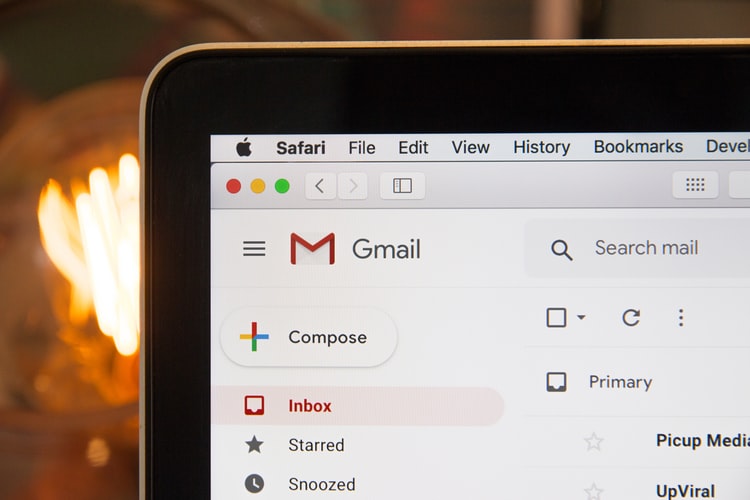
Why Cold Emailing is More Popular than Cold Calling
- March 9, 2020
- Marketing Team
In the marketing world, cold calling has been used for decades by businesses to make sales. This technique has been around longer than you may believe – it was in existence far before the invention of the telephone; in which messages were shouted from one person to another. It has always been the leading marketing method to force a message onto the consumer and take action.
Is cold calling a thing of the past?
Have you ever had a cold call come through when you’re busy? There’s nothing more annoying; right?
The call lasted just under five seconds max – and you hung up when you caught onto the fact you were trying to be sold something you weren’t interested in.
It seems that cold calling has got itself a bad name over the years and quite simply, consumers don’t want to know.

As a result, it seems more companies are ditching this age-old method and are instead, opting for a newer and innovative marketing technique known as cold emailing.
Cold emailing… what’s it all about?
Emailing is a fast and convenient way to make contact, so marketing companies understand that it’s a successful way to find prospective customers.
Unlike cold calling, a simple email can be opened by the receiver at their own convenience and in their own time, without feeling bombarded or interrupted from their daily routine.
Ultimately, if they’re the ones who choose to open and respond to the email, they’ve put themselves back in control of the situation and won’t feel disrupted.
Can cold emailing be used to find a job?
If you’re on the lookout for a job and have had no luck after applying for advertisements, one of the best ways to find new opportunities is by cold emailing.
Unlike cold-calling, you have time on your side, so you’re able to construct an impressive email that sets yourself up as a potential candidate. You are also able to forward the message to your desired contact, without having to go through the middle-man.
Here are 3 tips on sending cold emails to employers:
Know something about the person you’re emailing
Remember – your email is just one of a huge number, so, you need to add the personal touch to get noticed. It would be beneficial to research the company briefly and find the name of the individual you’re planning on contacting. According to a study, personalised emails have a 29% greater open rate than generic emails.
Use a catchy subject line
Following on from the pointer above, your email also needs to stand out in the employer’s inbox – after all, they’re likely to be bombarded left, right and centre with emails from customers, clients and other potential job seekers.
Aim to catch their attention with a catchy subject line. Keep it short, snappy and to the point.
Show your passion
Just like a cold call, the first few seconds of opening an email will determine whether you’ll get a positive response – or any response at all for that matter.
Be clear and concise on what you’re trying to say within your first paragraph. If you have a strong passion for the field you work in, don’t be afraid to admit it. Take the chance to show off your knowledge about the company and how you could fit in with the brand’s mission, goals and ethos.
Cold emailing as a recruiter

In a large number of cases, first-class candidates don’t apply for positions on job boards. Why? Because they’re already employed.
Even though the candidate is already settled in a job, cold emailing is a polite technique to show an interest in their skills and forward information about the vacant role.
A cold email may just be sent at the exact time they’re looking for a job change, so it’s worth a shot if you believe a particular candidate could be the perfect fit for a position.
Cold calling vs. cold emailing…what’s best?
The bottom line of both techniques is that it’s all about connecting with your audience and generating a lead.
Unlike cold calling, cold emailing gives you the space to explain what you can offer to the consumer, rather than what they can do for you. You also have the chance to build a story based on their personal needs and ambitions, rather than rambling off a scripted sheet or not getting your point across clearly via a phonecall.
Images:
https://unsplash.com/photos/3Mhgvrk4tjM
https://unsplash.com/photos/r-enAOPw8Rs
https://unsplash.com/photos/kOuCX7fh50U







